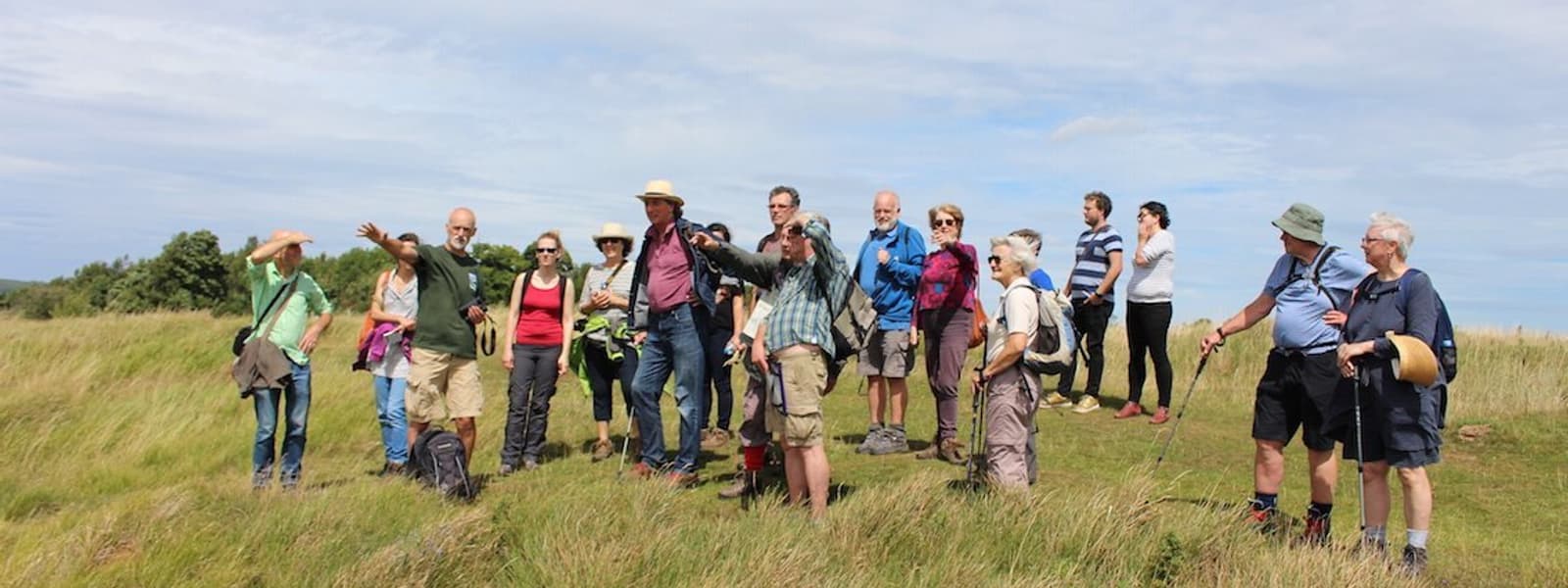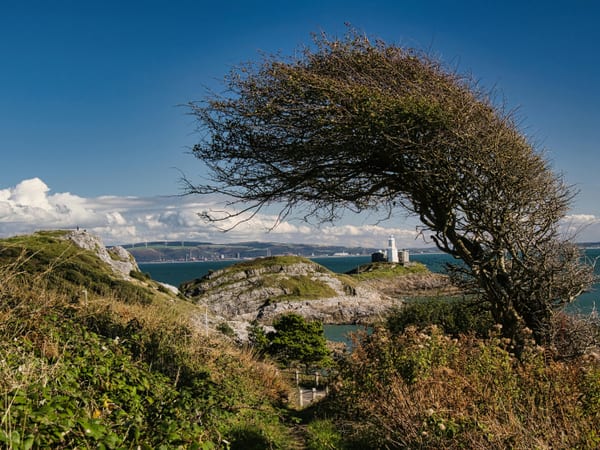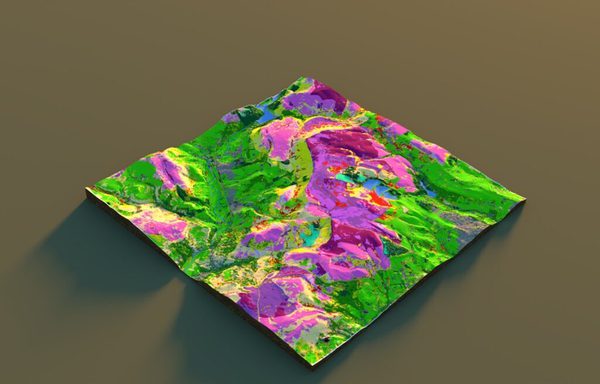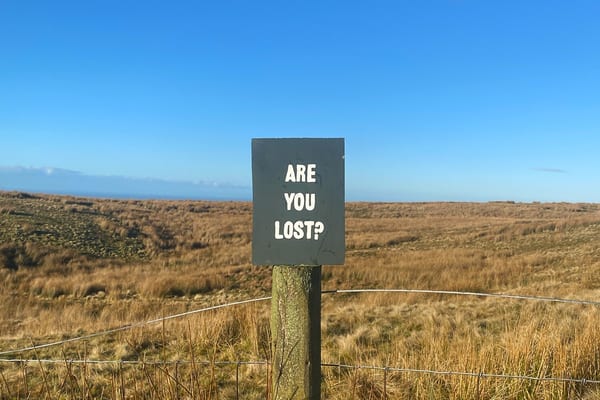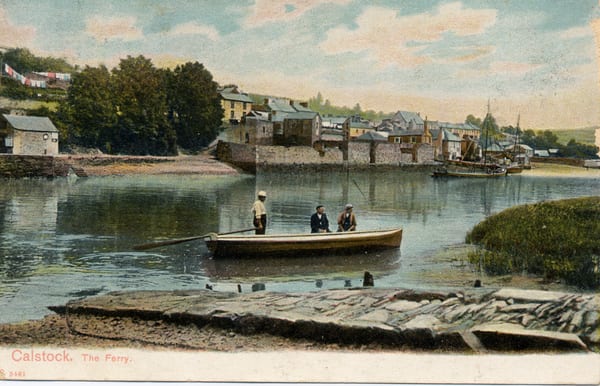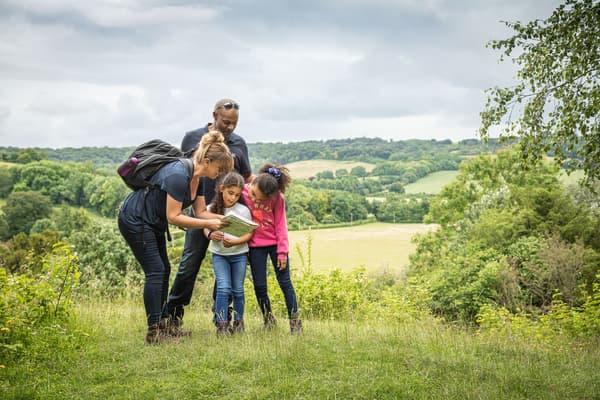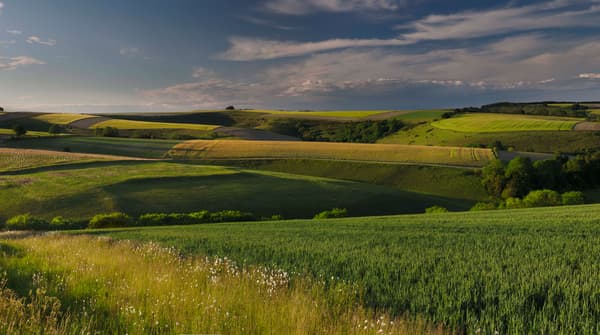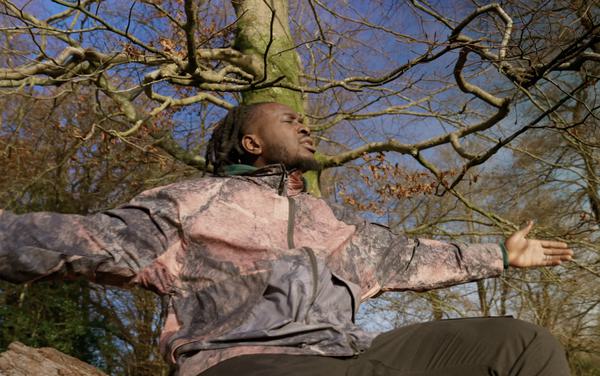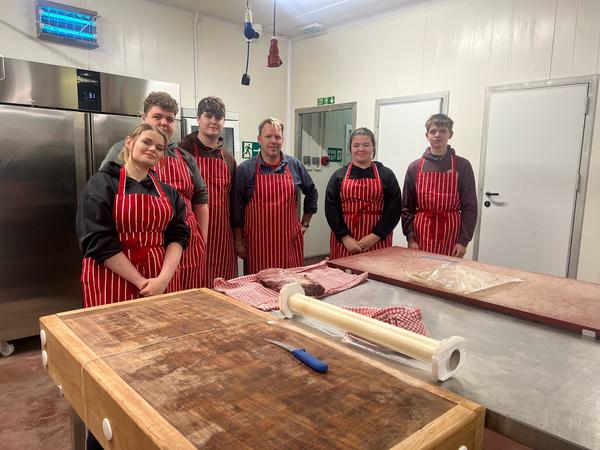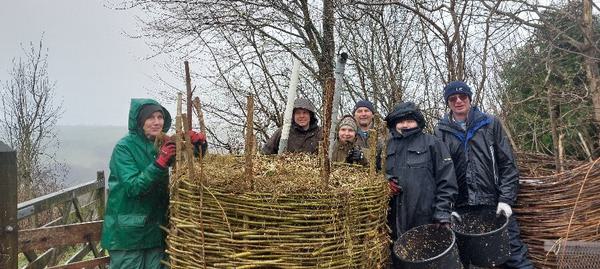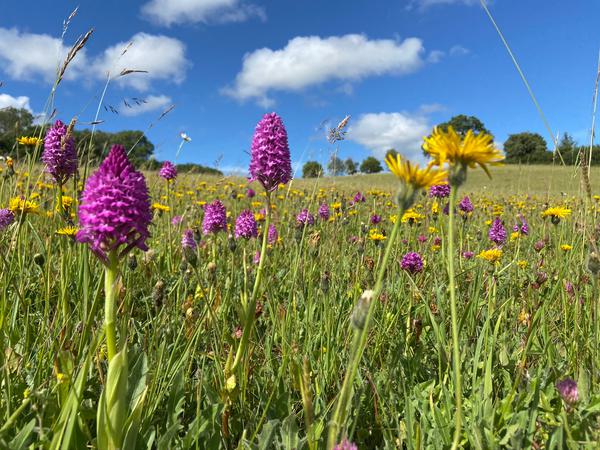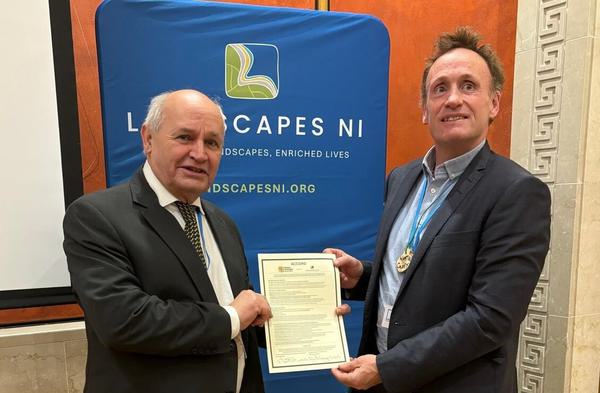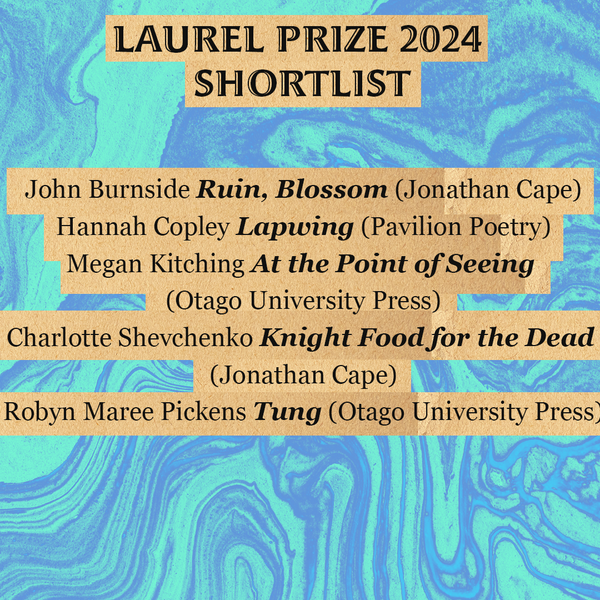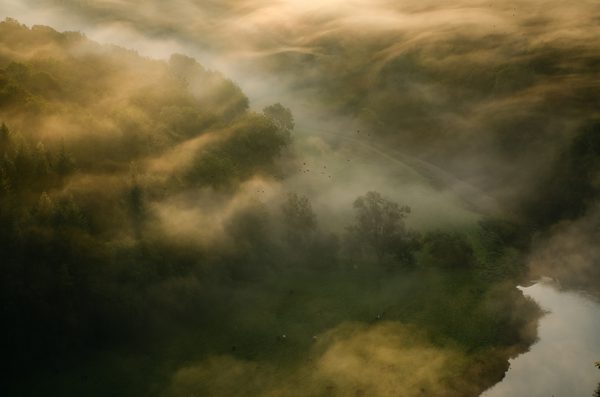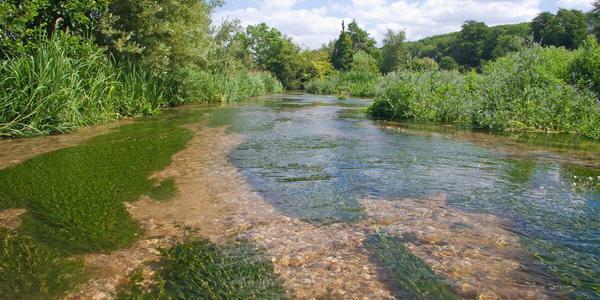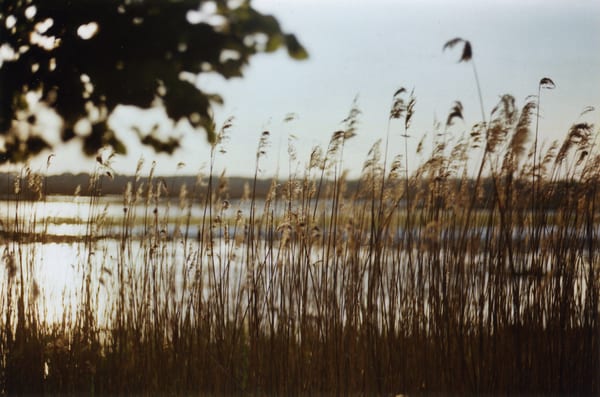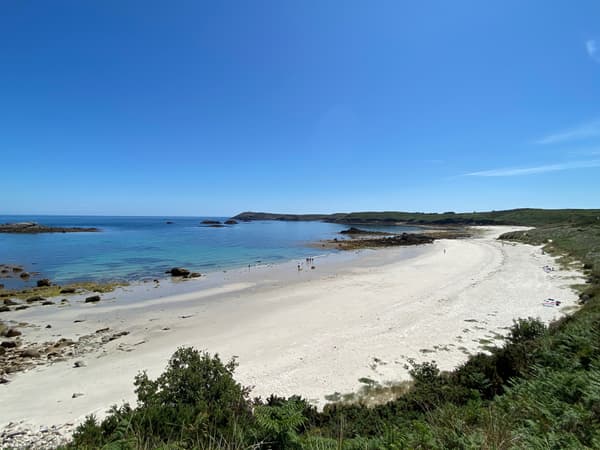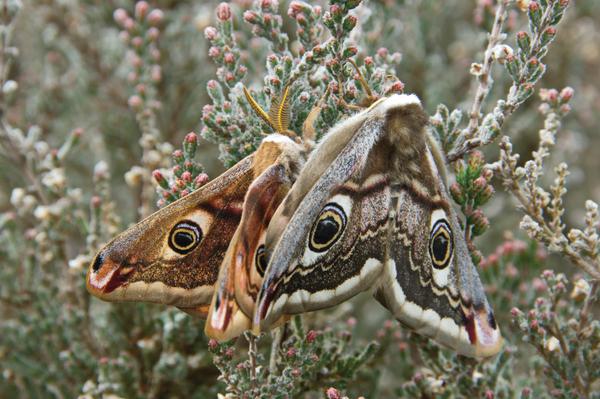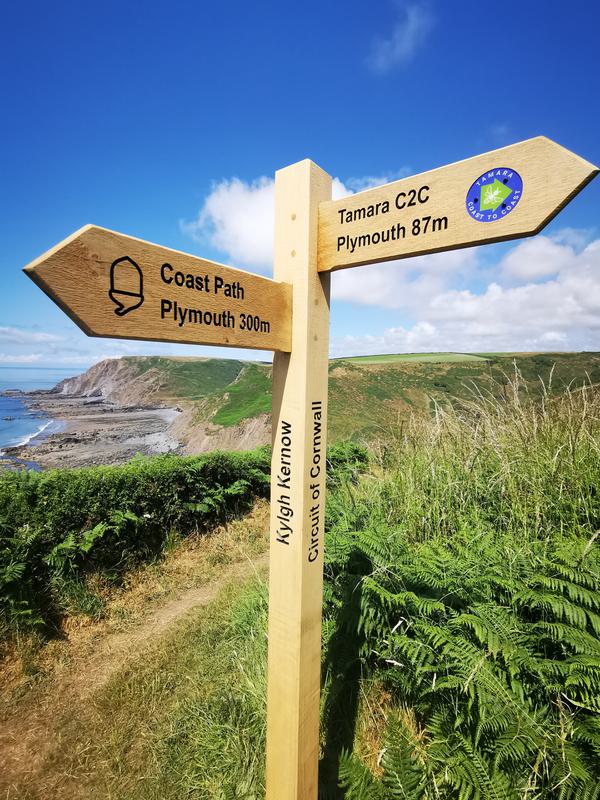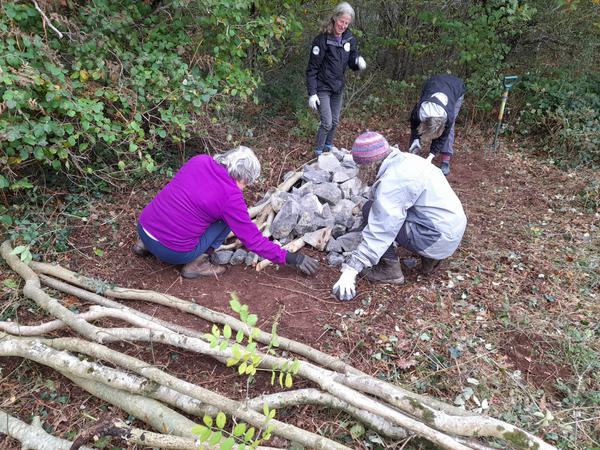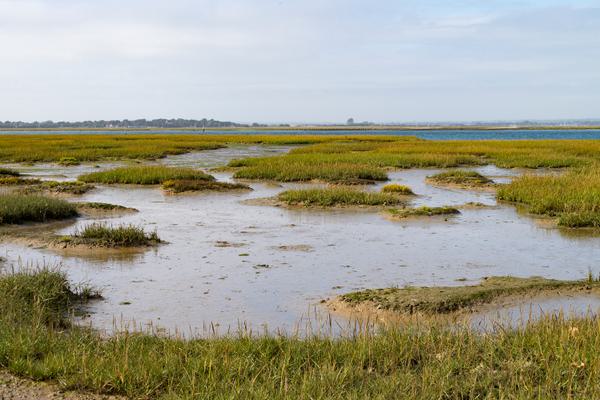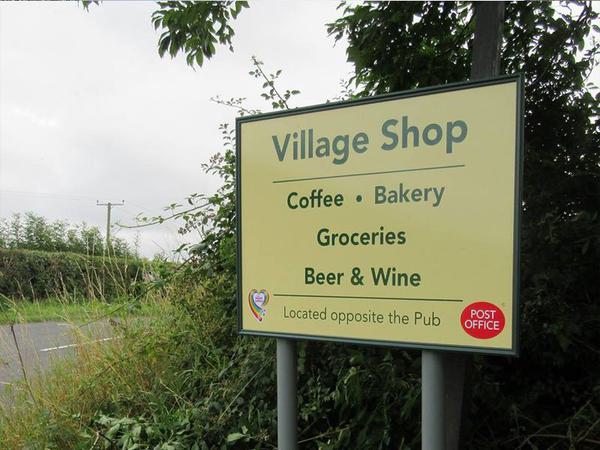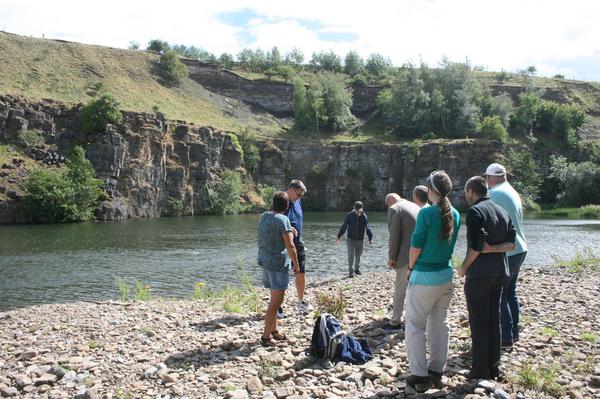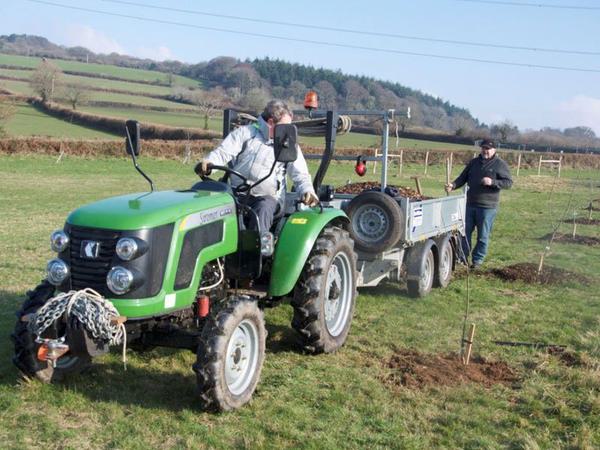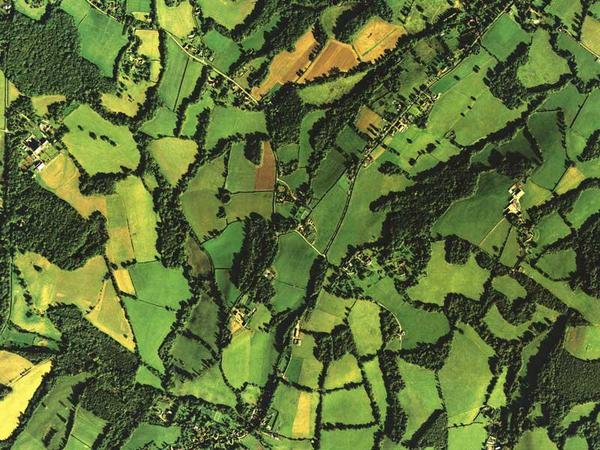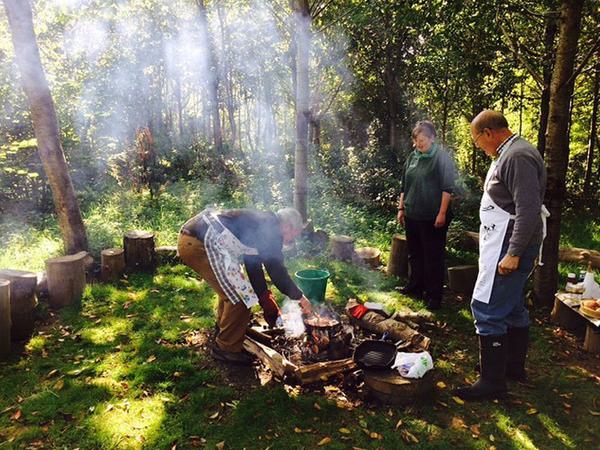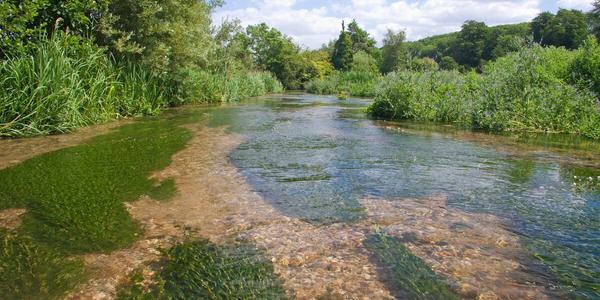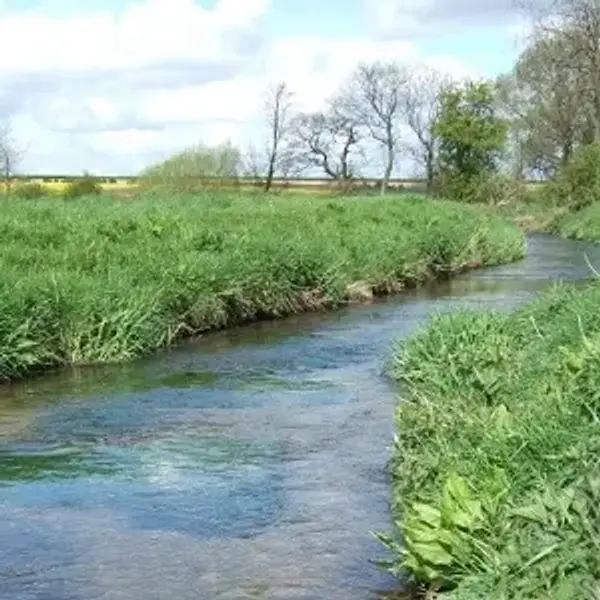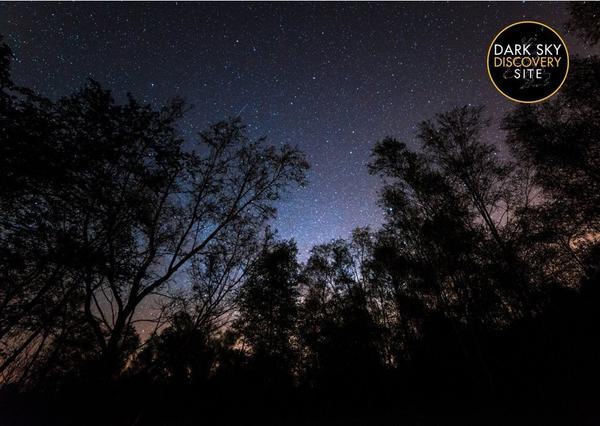Overview
The Ash Project was designed to create a cultural response to the loss of ash caused by Ash dieback in the Kent Downs and across Kent more widely. We aimed to put ash trees on the map for people of Kent, recording and celebrating this vital part of our ecology. Ash is the most common tree in Kent and while it sometimes goes unnoticed its loss will create a void in the Kentish landscape and people’s lives. We aim to bring together different perspectives on ecological change. The Ash Project has involved working with over twenty partner organisations, including board members, artists, public parks, countryside partnerships, art galleries, biennales, research facilities and education institutions. The project aimed at raising awareness of the ash tree and the effects of ash dieback on our landscape, linking through to our shared culture and heritage, creating deeper emotional connections between our landscapes and our daily lives and inspiring audiences through art and public engagement. The project included a major new public art commission by Ackroyd & Harvey, public sculpture and launch, the education programme, the public workshops, talks, events and exhibitions, which all allowed audiences to have an insight into the cultural heritage of ash, allowing new scientific findings to inform the work and allowing the public to record and celebrate ash as it is important to them.
What was done
The most important things we think this project has achieved are...
- We have nurtured and grown the project from the germ of an idea to something that feels more like a root system with our environment, heritage and creativity at its heart and a broad canopy of reach above it
- We achieved what we hoped it would; to create an extraordinary and enduring record of ash
- From the start the project has raised awareness of ash dieback and we have witnessed it start to tackle misconceptions
- Working with artists has enabled us to create a complex set of responses to ash dieback. These are non-authoritative and do not seek to provide all the answers to the problem
- The way that the project has worked has provided an opportunity for local people to access and respond to ash dieback in a way in which just traditional scientific approaches may have struggled. It has created conversation and an appreciation of what is being lost
- The project has increased the visibility of environmental arts practice in Kent and we hope that it will be a strategic stepping stone to other things; new projects, new partnerships
- We have left a legacy of a permanent art work as a marker in the landscape which will continue to provoke and engage people
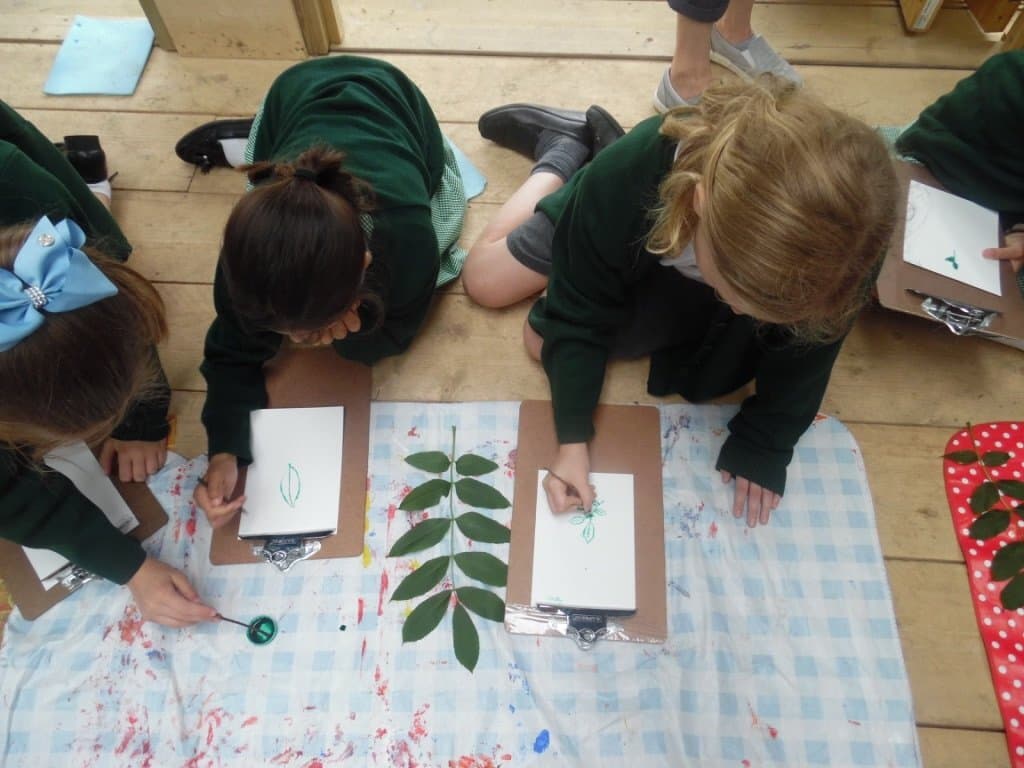
Outputs/Outcomes
- 1,150 trees planted with advice from the WT and local ecologist designing a landscape recovery plan
- 15 schools participated with over 450 students engaged in outdoor learning
- 65 Sessions for education, training or participation were held over the 18 months of the project
- 3,037 people attended The Ash Project Public Events
- 30 artists commissioned or exhibited
- 110 The Ash Archive exhibition open days
- 23,766 visitors to our website
77% of people surveyed said they learnt more about the heritage we share with ash during the event
100% people surveyed said that they enjoyed The Ash Project events either very much or quite a lot and would recommend events like this to their friends
Learning
Employing arts and culture as an engagement tool for environmental messages has clearly sparked fresh debate. It has reinvigorated people about their local environment and provided a focal point for them to talk in an impassioned way about their own personal connection to it in ways that traditional science communication sometimes struggle. By involving artists, creative practitioners and an impressive range of stakeholders, the project has ‘reframed’ a scientific issue to provoke an emotional response to Kent’s natural heritage and in particular, ash trees.
A robust partnership agreement and strong focus on the vision of the project provided a solid foundation for the project’s success despite the challenges of working a county wide area brought challenges. Bringing in specialist skills, for example, in art commissioning coupled with good project management has enabled Kent Down’s The Ash Project to create a model for future projects both in terms of the running of the project and its outputs and outcomes.
“A willingness to take risks and high quality artistic outputs helped The Ash Project to stand out from other conservation engagement projects. If the conservation sector is to be relevant to modern society and to extend its reach beyond ‘the usual suspects’ then new approaches such as this are needed. How to foster ‘nature connectedness ‘is now a central question for the sector and I have no doubt that creative ‘journeys’ such as this have a role to play in finding solutions..” - Kate Measures - Heritage Insider.
Links

What We Did - The Ash Project

I am really proud of The Ash Project and of what Maddy has achieved. We are working in new ways bringing arts practice to the conservation and enhancement of natural beauty, engaging with completely new audiences and marking the passing of ash in extraordinary and enduring ways – this is just what we set out to do.
Madeleine Hodge, The Ash Project Manager
It was great to be a part of this impressive collaboration between the Whitstable Biennale and the Ash Project, we were delighted by the energy it brought to rural Kent – bringing audiences into the ‘wild’. Yes! More of this!
Artist / Walk Leader Feedback
I am spotting ashes everywhere now – and I am still considering whether their buds remind me of deer’s hooves or badgers noses.
Participant response
